Rising Health Consciousness
The increasing focus on health and wellness is significantly influencing The Global Eyewear Industry. Consumers are becoming more health-conscious, leading to a greater emphasis on protective eyewear that shields against harmful environmental factors. For instance, the demand for sunglasses with UV protection and blue light filtering capabilities is on the rise, as individuals seek to mitigate the adverse effects of prolonged screen exposure and sun damage. Market Research Future indicates that the protective eyewear segment is expected to witness substantial growth, driven by heightened awareness of eye health. Additionally, the integration of health-related features in eyewear, such as anti-fatigue lenses, is appealing to consumers who prioritize both style and functionality. This trend underscores the potential for eyewear brands to capitalize on the health-conscious consumer base, thereby driving market expansion.
Technological Advancements in Eyewear
Technological innovations in eyewear are transforming the landscape of The Global Eyewear Industry. The advent of smart eyewear, which integrates augmented reality and health-monitoring features, is capturing consumer interest. For instance, smart glasses equipped with heads-up displays and fitness tracking capabilities are gaining traction among tech-savvy consumers. Additionally, advancements in lens technology, such as blue light blocking and photochromic lenses, are addressing modern lifestyle needs, particularly among digital device users. The market for smart eyewear is projected to grow significantly, with estimates suggesting a compound annual growth rate of over 20% in the coming years. These technological enhancements not only improve functionality but also appeal to a younger demographic, thereby expanding the consumer base and driving overall market growth.
E-commerce Growth and Online Retailing
The rapid expansion of e-commerce platforms is reshaping The Global Eyewear Industry. As consumers increasingly turn to online shopping for convenience and variety, eyewear brands are adapting their strategies to enhance their online presence. The ease of purchasing eyewear online, coupled with virtual try-on technologies, is likely to attract a broader audience. Market data suggests that online sales of eyewear are projected to grow significantly, with estimates indicating that e-commerce could account for a substantial portion of total eyewear sales in the near future. This shift towards online retailing not only provides consumers with access to a wider range of products but also allows brands to reach global markets more effectively. Consequently, the growth of e-commerce is expected to play a crucial role in driving sales and expanding the consumer base within the eyewear sector.
Increasing Vision Impairment Awareness
The rising awareness regarding vision impairment and its impact on quality of life appears to be a pivotal driver in The Global Eyewear Industry. As populations age, the prevalence of vision-related issues such as myopia, hyperopia, and presbyopia is likely to increase. Reports indicate that by 2050, nearly half of the global population may be affected by myopia, necessitating corrective eyewear. This growing concern has led to heightened demand for prescription glasses and contact lenses, thereby propelling market growth. Furthermore, educational campaigns aimed at promoting regular eye examinations are fostering a culture of proactive eye care, which could further stimulate the eyewear market. Consequently, the increasing incidence of vision impairment is expected to significantly influence consumer purchasing behavior, driving sales in the eyewear sector.
Fashion Trends and Eyewear as Accessories
The evolving perception of eyewear as a fashion statement rather than merely a functional item is a notable driver in The Global Eyewear Industry. Consumers increasingly view eyewear as an essential accessory that complements their personal style. This trend is particularly pronounced among younger demographics, who are more inclined to experiment with various styles, colors, and brands. The rise of social media influencers and celebrity endorsements has further amplified this trend, as consumers seek to emulate the styles of their favorite personalities. Market data suggests that the eyewear segment, particularly sunglasses, is experiencing robust growth, with sales projected to reach several billion dollars in the next few years. This shift towards fashion-oriented eyewear is likely to encourage brands to innovate and diversify their product offerings, thereby enhancing market competitiveness.


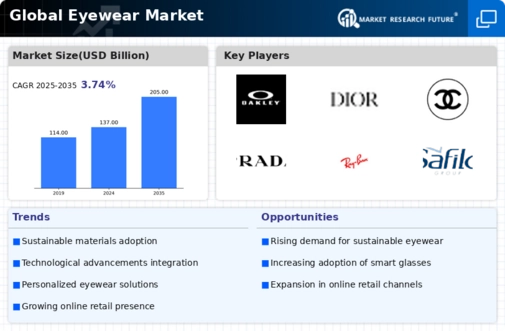
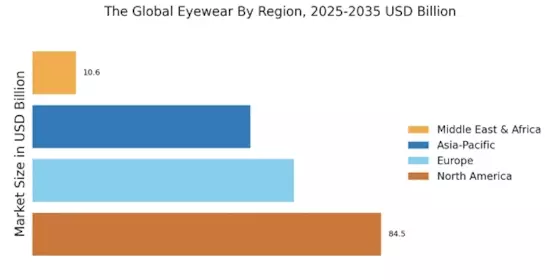

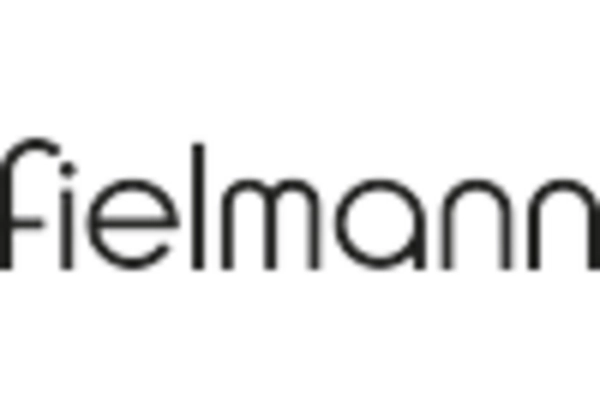
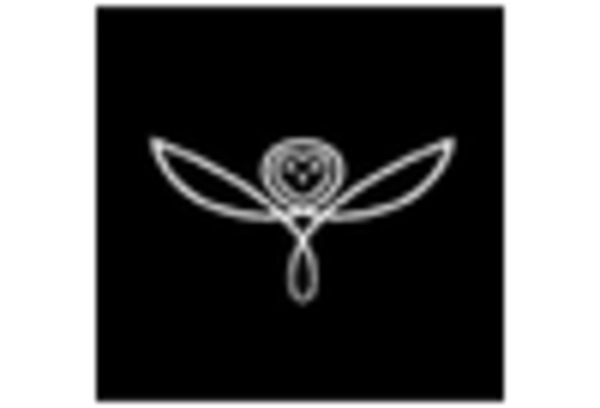


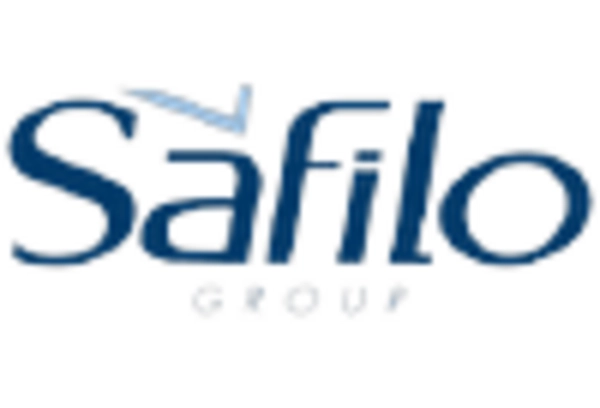








Leave a Comment